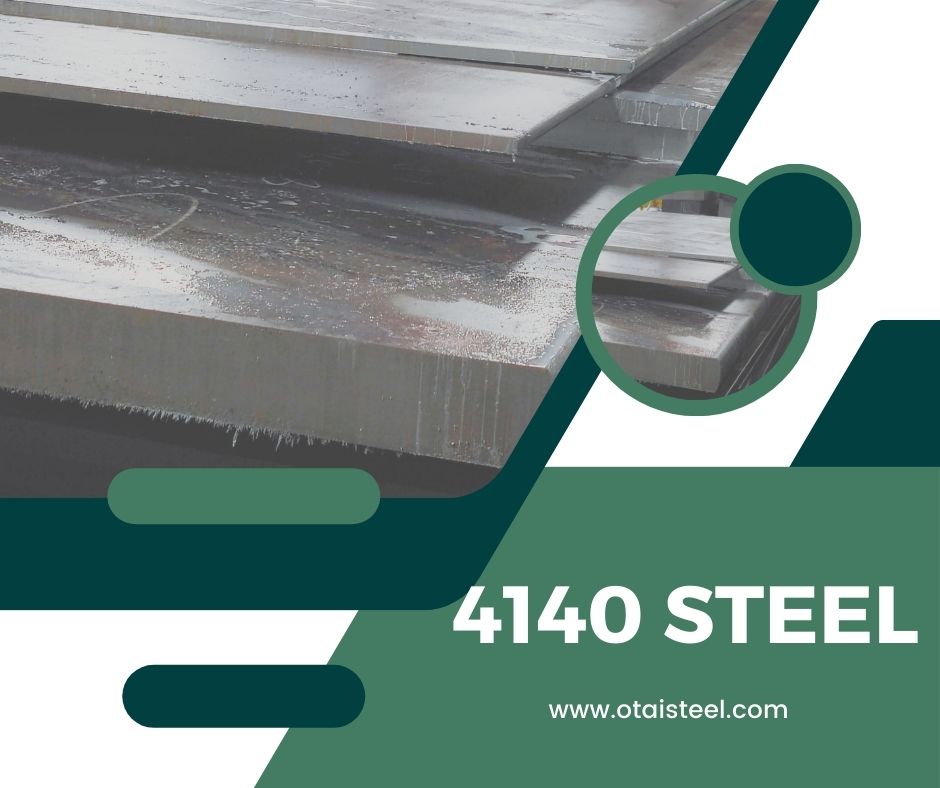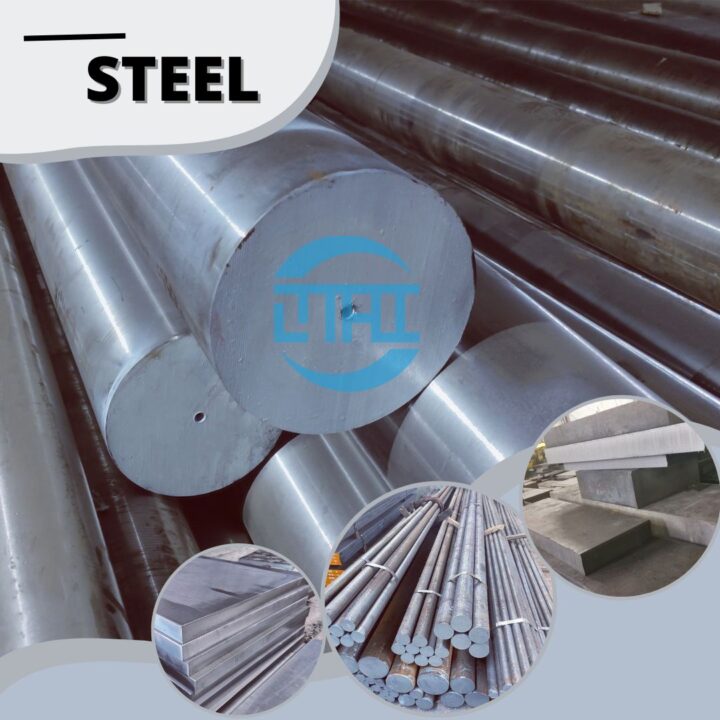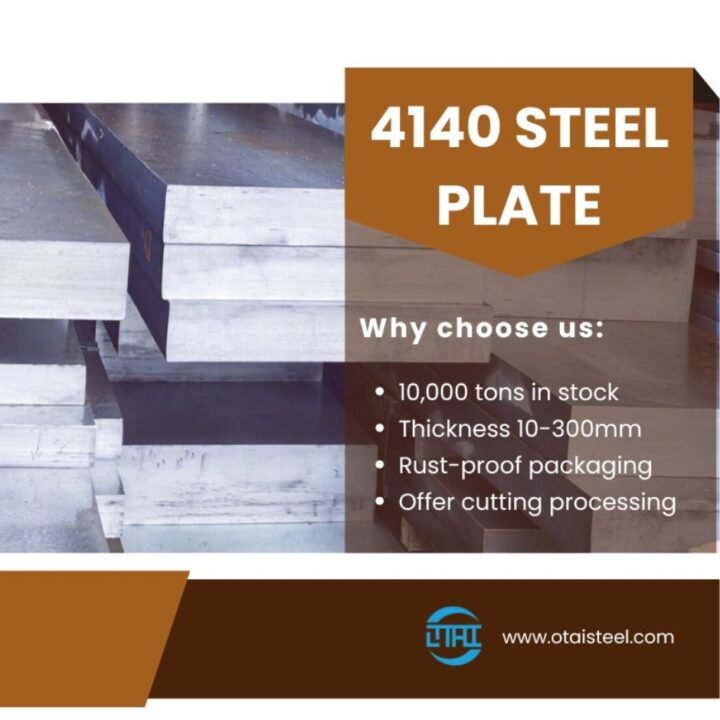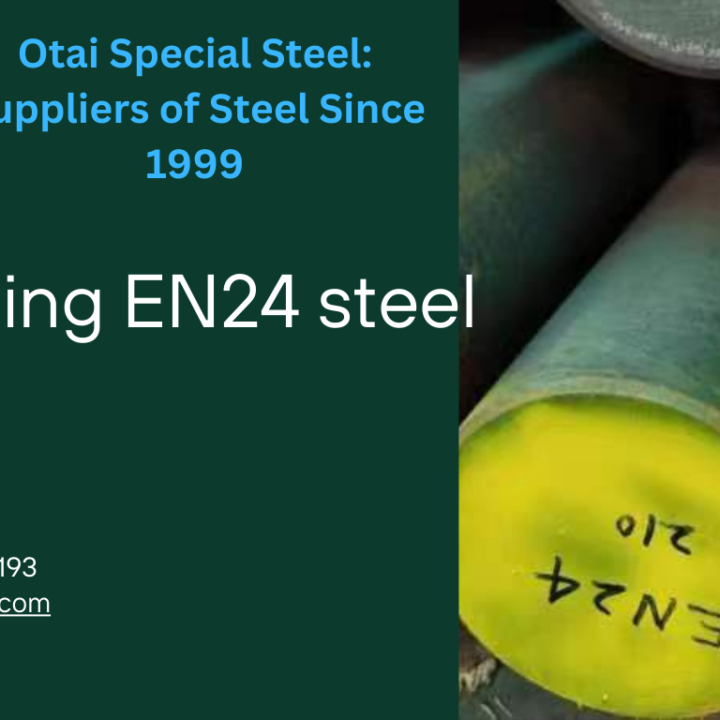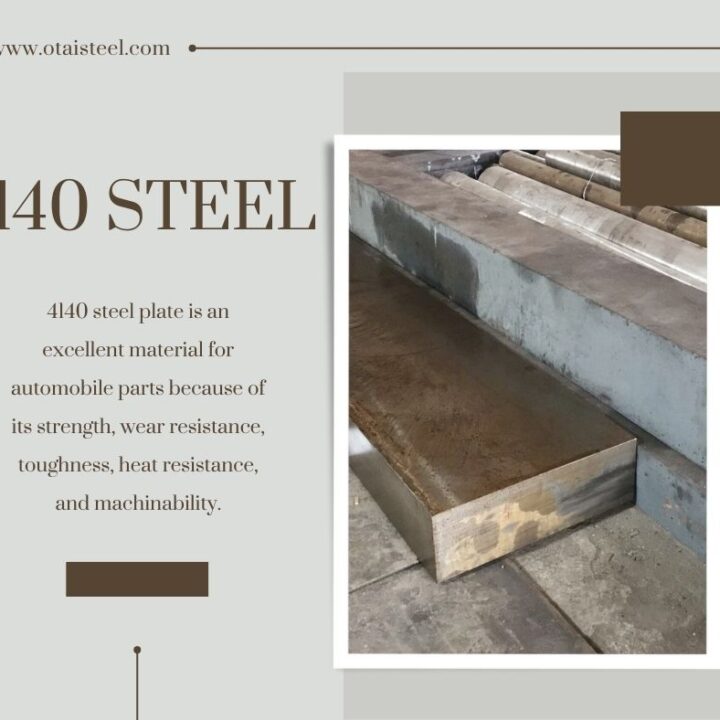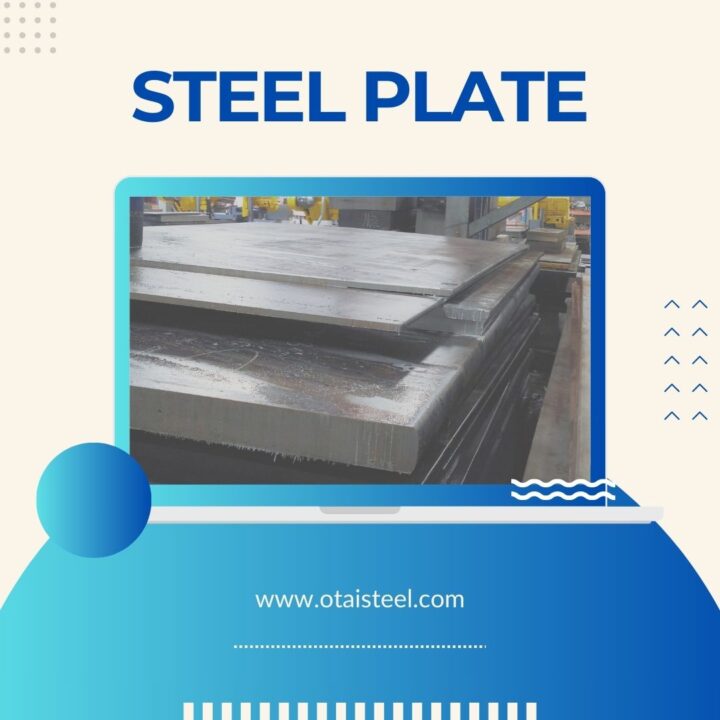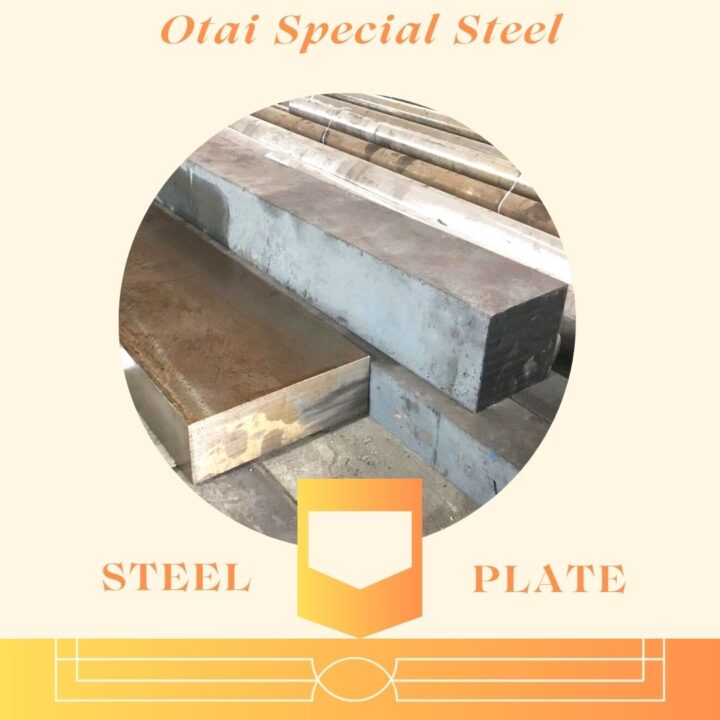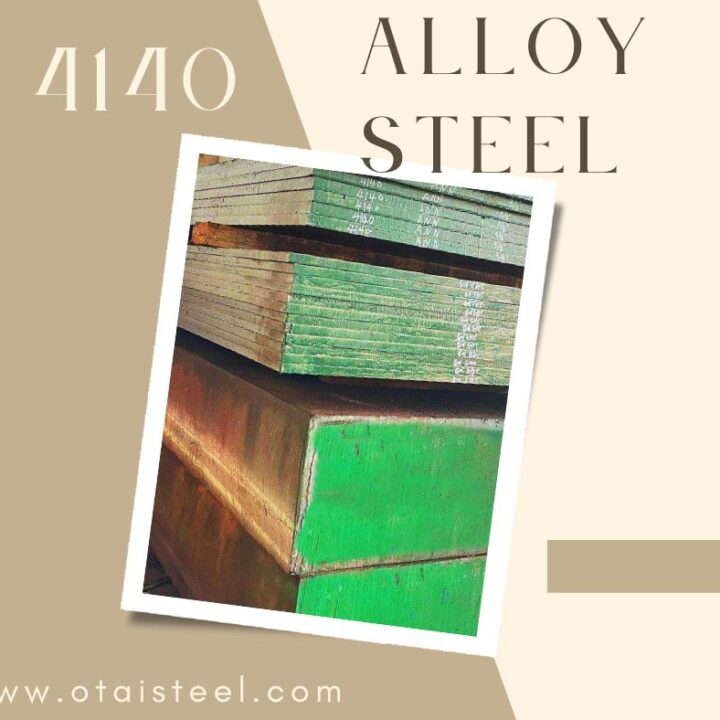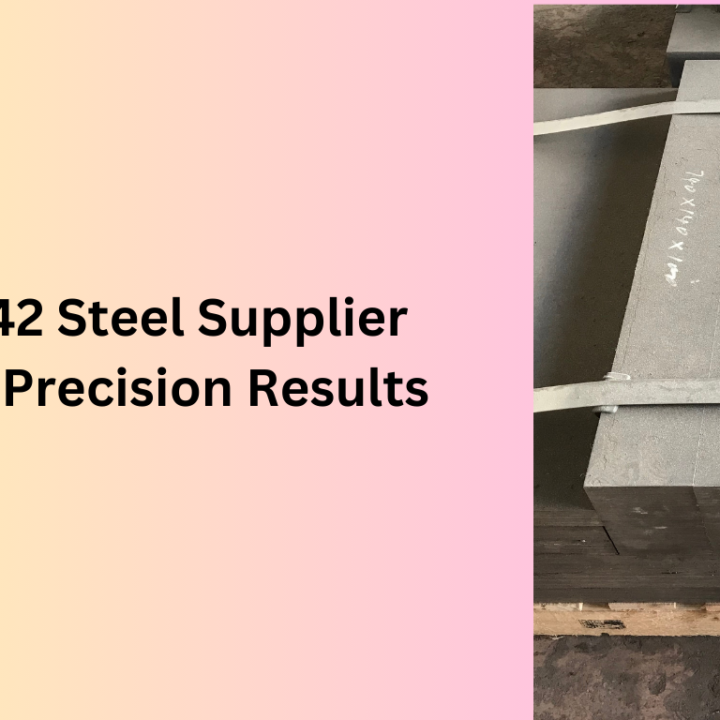In the world of metallurgy and engineering, the choice of steel can significantly impact the performance and durability of a wide range of applications. Two commonly used steel alloys, 4340 vs 4140 steel, are frequently compared and evaluated for their suitability in various industries. In this comparison, we will delve into the characteristics, properties, and applications of these two steel types.
Chemical Composition
4340 Steel:
- Carbon (C): 0.40%
- Manganese (Mn): 0.70-0.90%
- Silicon (Si): 0.20-0.35%
- Nickel (Ni): 1.65-2.00%
- Chromium (Cr): 0.70-0.90%
- Molybdenum (Mo): 0.25%
- Small amounts of other elements
4140 Steel:
- Carbon (C): 0.40%
- Manganese (Mn): 0.75-1.00%
- Silicon (Si): 0.15-0.35%
- Chromium (Cr): 0.80-1.10%
- Molybdenum (Mo): 0.15-0.25%
- Small amounts of other elements
Hardness
Both 4340 and 4140 are known for their high strength and hardness. However, the exact hardness can vary depending on heat treatment and other factors.
Strength and Toughness
4340 steel is known for its high strength, making it ideal for applications where heavy loads or extreme forces are involved. It also exhibits good toughness, which is crucial in withstanding impact and fatigue.
4140 steel is also strong and tough, though it might not match the strength of 4340. Its combination of strength and toughness makes it suitable for a wide range of industrial applications.
Heat Treatment
Both steels can undergo various heat treatments to modify their properties. Common heat treatment processes for 4340 and 4140 include quenching and tempering, annealing, and normalizing.
Applications
4340 Steel Applications:
- Aircraft components
- Crankshafts
- Gears and gear shafts
- Fasteners
- Oil and gas industry components
- Automotive parts
4140 Steel Applications:
- Axles
- Bolts and studs
- Hydraulic shafts
- Gears
- Pistons and cylinder rods
- Fittings and couplings
Weldability
4140 steel is generally considered more weldable compared to 4340. The lower carbon content in 4140 can lead to fewer complications during the welding process.
Machinability
Machinability refers to the ease with which a material can be cut, shaped, or formed. In this aspect, 4140 steel is often considered more readily machinable than 4340. However, both can be machined effectively with the right tools and techniques.
Cost
4140 steel is often more affordable compared to 4340. The cost factor can be a significant consideration in various industries, especially when selecting materials for large-scale projects.
4340 vs 4140 steel are both versatile steel alloys with distinct properties and applications. The choice between them depends on the specific requirements of the project, including factors such as strength, toughness, cost, and ease of welding and machining. While 4340 offers superior strength and toughness, 4140 is more cost-effective and easier to weld. Understanding these differences is crucial for making the right choice in engineering and industrial applications.
